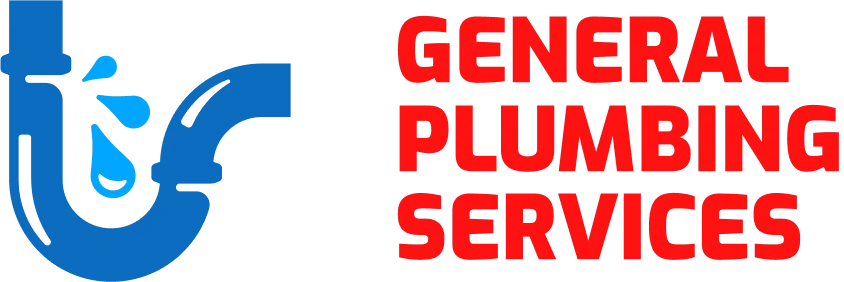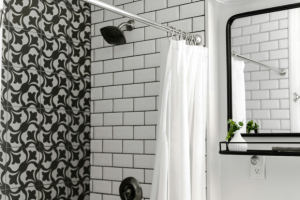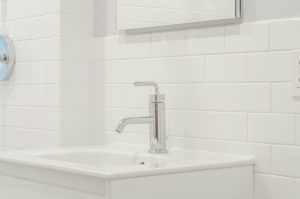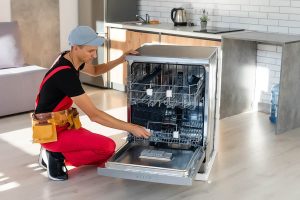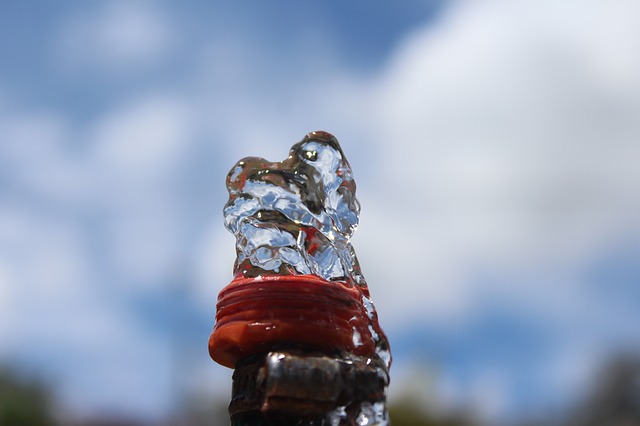Hot water is an essential part of our daily lives, whether it’s for taking a shower, washing dishes, or doing laundry. However, heating water can consume a lot of energy and contribute to high electricity bills. One solution to this problem is off-peak hot water, which can help reduce energy consumption and save money.
What is off-peak hot water?
Off-peak hot water is a system where water is heated during off-peak hours when electricity is cheaper. These hours are usually at night or during weekends when there is less demand for electricity. The hot water is then stored in a well-insulated tank, which keeps the water hot until it is needed.
How does off-peak hot water work?
Off-peak hot water systems use a special meter that measures the amount of electricity used during off-peak hours. This meter is separate from the regular electricity meter and is installed by the electricity provider. The off-peak meter is programmed to measure electricity usage during off-peak hours, which is usually from 11 pm to 7 am.
When electricity is cheaper during off-peak hours, the off-peak hot water system automatically heats the water in the tank. The system is usually controlled by a timer that turns on and off the heating element according to the off-peak hours set by the electricity provider. The timer ensures that the hot water is heated only during off-peak hours and avoids using electricity during peak hours when electricity is more expensive.
Benefits of off-peak hot water
One of the significant benefits of off-peak hot water is that it can significantly reduce energy bills. Heating water can consume a lot of energy, especially during peak hours when electricity prices are higher. By heating water during off-peak hours when electricity is cheaper, off-peak hot water systems can help save money on energy bills.
Consistent hot water supply
Off-peak hot water systems store hot water in a well-insulated tank, which ensures a consistent supply of hot water. Hot water is available throughout the day, even during peak hours when electricity is more expensive.
Off-peak hot water systems are also environmentally friendly. By reducing energy consumption, they help reduce carbon emissions and promote sustainable living. Off-peak hot water systems are a great way to reduce your carbon footprint and contribute to a cleaner environment.
Off-peak hot water systems are an alternative to solar panels for heating water. Solar panels are a popular choice for homeowners who want to reduce their energy bills and promote sustainable living. However, not everyone can afford to install solar panels. Off-peak hot water systems are a more affordable alternative that can still help reduce energy consumption and save money.
Off-peak hot water systems require very little maintenance. The heating element in the tank is the only component that needs to be checked regularly. However, this is a simple task that can be done by the homeowner or a professional.
Off-peak hot water systems are safe and reliable. The heating element is well insulated, which reduces the risk of electric shock. The tank is also well insulated, which prevents heat loss and ensures a consistent supply of hot water.
Off-peak hot water systems are versatile and can be used in a variety of homes, including apartments, townhouses, and single-family homes. They are also compatible with a range of hot water systems, including electric and gas systems.
The Cons of Off-Peak Hot Water: What You Need to Know
Limited hot water supply
Off-peak hot water systems store hot water in a tank, which can have a limited capacity. If the demand for hot water exceeds the capacity of the tank, the hot water supply can run out, leaving you without hot water until the tank is refilled. This can be a problem for larger families or homes with high hot water usage.
Upfront costs
Off-peak hot water systems can require a significant upfront investment. While they can save money in the long run, the initial cost of installing an off-peak hot water system can be a barrier for some homeowners.
Limited control over hot water supply
Off-peak hot water systems are controlled by a timer, which means you have limited control over when hot water is available. If you need hot water during peak hours, you may have to wait until the off-peak hours to get hot water, which can be inconvenient.
Incompatible with some appliances
Off-peak hot water systems may not be compatible with some appliances, such as instant hot water dispensers or tankless water heaters. These appliances require a continuous supply of hot water, which off-peak hot water systems may not be able to provide.
Dependence on the electricity provider
Off-peak hot water systems are dependent on the electricity provider’s off-peak hours. If the off-peak hour’s change or the electricity provider decides to discontinue the off-peak program, the off-peak hot water system may no longer be cost-effective.
Maintenance and repairs
Off-peak hot water systems require maintenance and repairs, just like any other appliance. The heating element in the tank may need to be replaced periodically, and other components may need to be repaired or replaced over time.
Heat loss
Off-peak hot water systems store hot water in a tank, which can result in heat loss. If the tank is not well-insulated, the hot water can lose heat, which can reduce the efficiency of the system.
Important Factors to Consider When Using Off-Peak Hot Water
Before deciding to use an off-peak hot water system, there are several considerations to keep in mind. In this section, we will discuss some of the key factors to consider before using off-peak hot water.
One of the most important considerations when deciding whether to use off-peak hot water is your hot water usage. Off-peak hot water systems work best for households with low to moderate hot water usage, as the hot water supply may not be sufficient for homes with high hot water demand.
Off-peak hot water systems rely on off-peak electricity rates to heat the water. It’s important to check with your electricity provider to determine the off-peak hours in your area. Make sure that the off-peak hours align with your hot water usage, as you may not have hot water available during peak hours.
Off-peak hot water systems can require a significant upfront investment, which may not be feasible for all homeowners. Before deciding to install an off-peak hot water system, make sure to consider the upfront costs and weigh them against the potential long-term savings.
Compatibility with appliances
Off-peak hot water systems may not be compatible with all appliances. For example, tankless water heaters and instant hot water dispensers require a continuous supply of hot water, which may not be provided by an off-peak hot water system. Make sure to check with the manufacturer of your appliances to determine their compatibility with off-peak hot water systems.
Off-peak hot water systems store hot water in a tank, which can have a limited capacity. Make sure to choose a tank size that is appropriate for your household’s hot water usage. A tank that is too small can result in hot water shortages, while a tank that is too large can result in unnecessary energy usage.
Off-peak hot water systems can be more energy-efficient than conventional hot water systems, but the energy efficiency can vary depending on the system’s design and the quality of installation. Make sure to choose a system that is designed for maximum energy efficiency and installed by a qualified professional.
Off-peak hot water systems require regular maintenance and repairs, just like any other appliance. Make sure to budget for the costs of maintenance and repairs over the lifetime of the system.
Off-peak hot water systems typically have a lifespan of 10-15 years, which is comparable to other hot water systems. However, the lifespan of the system can be affected by factors such as water quality and maintenance. Make sure to choose a system that is designed for durability and installed by a qualified professional to ensure the longest possible lifespan.
Off-peak hot water systems can be designed with heat pumps, which can provide additional energy savings by using ambient air to heat the water. Heat pumps can be more expensive upfront than conventional off-peak hot water systems, but they can provide significant energy savings over the lifespan of the system.
Off-peak hot water systems can use a variety of technologies to heat the water, including electric resistance heating, heat pumps, and solar heating. Make sure to choose a system that is designed with the most energy-efficient technology for your household’s needs.
The quality of pipes and the potential for leaks are important considerations when using an off-peak hot water system. Old or corroded pipes can lead to leaks and reduce the efficiency of the system. Make sure to check the quality of your pipes and replace any that are old or corroded. It’s also important to have a maintenance plan in place to detect and repair leaks as soon as possible.
Conclusion
Off-peak hot water systems have many benefits, but they also have some potential drawbacks. Before deciding to install an off-peak hot water system, it’s important to consider your hot water usage, upfront costs, and the compatibility of your appliances. While off-peak hot water systems can save money on energy bills, they may not be the best solution for everyone. It’s important to weigh the pros and cons before making a decision.
